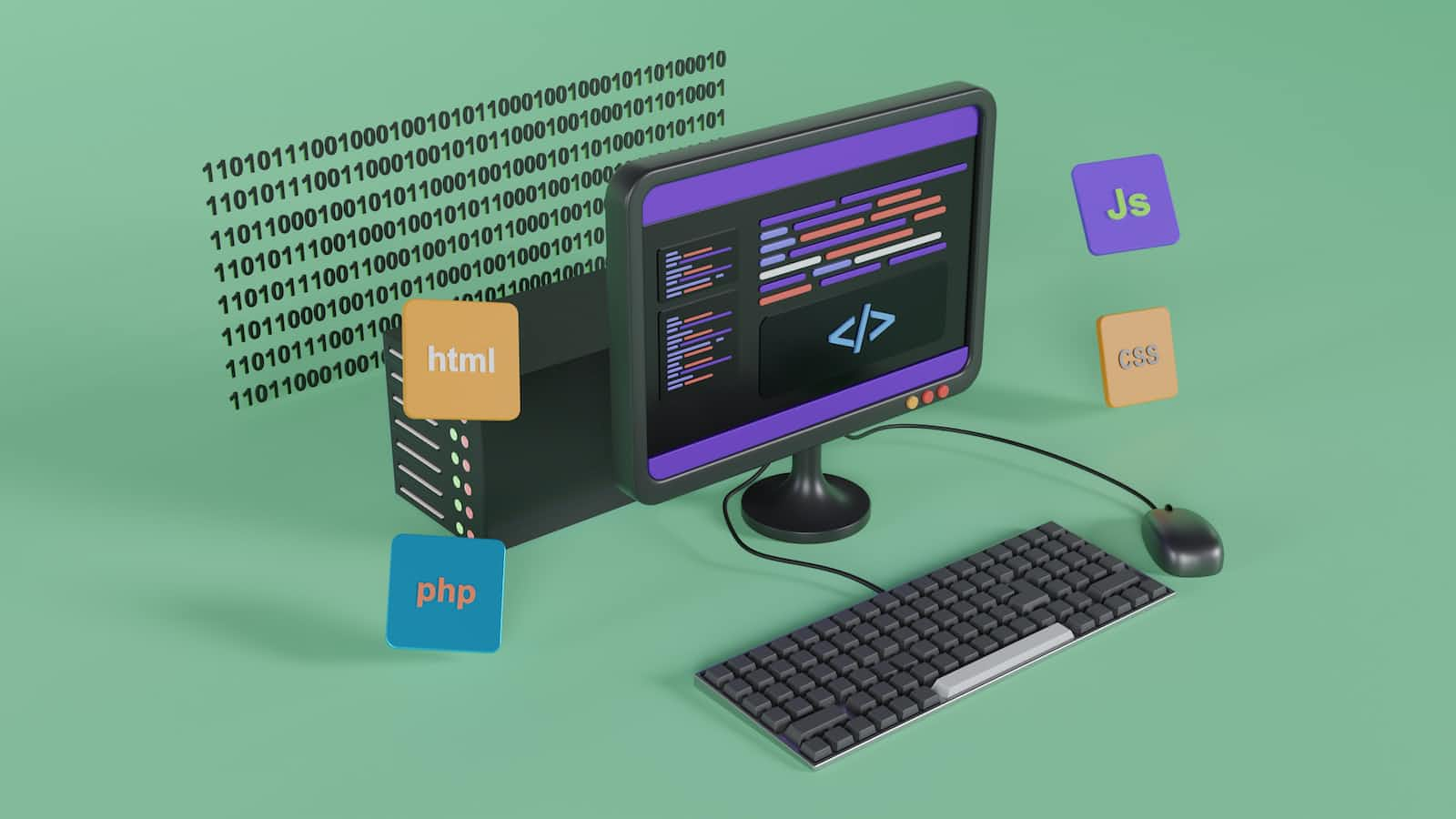Optimizing JavaScript Arrays: Unraveling the Packed vs. Holey Dynamics, SMI Efficiency, and Length Checking Strategies
 Nikhil Kakade
Nikhil Kakade
Introduction: JavaScript, a versatile and widely-used programming language, is equipped with powerful features that optimize code execution. One such optimization lies in the way arrays are handled by engines like V8. In this blog, we'll delve into the fascinating world of packed and holey arrays, Small Integer (SMI) optimization, and the nuances of array length checking.
Understanding Packed and Holey Arrays: JavaScript arrays can be broadly classified into two types: packed and holey. Packed arrays, also known as continuous arrays, store elements in a contiguous memory block, making them highly efficient for certain operations. On the other hand, holey arrays introduce gaps or "holes" in memory, making them less space-efficient but more flexible.
SMI Optimization: SMI optimization involves the efficient handling of small integers within arrays. Packed_SMI_elements represent a packed array containing small integer values. These values are optimized for storage and processing, resulting in faster execution.
Packed Elements and Downgrading: While packed SMI elements offer optimization benefits, they come with restrictions. Packed arrays cannot accommodate decimal values. When elements like floats, strings, or functions are introduced, the array undergoes a downgrade, transforming into a PACKED_Double_Elements array. Once downgraded, the process is irreversible, highlighting the importance of understanding the nature of the array elements.
Holey Elements: The introduction of holes in arrays, HOLY_ELEMENTS, adds flexibility but comes at a cost. Holes are spaces in memory where no value is assigned. Accessing or modifying elements at hole positions can be more expensive in terms of performance.
Array Length Checking: Array length checking is a critical aspect of optimizing code. However, the efficiency of these checks depends on the method used. In JavaScript, hasOwnProperty is commonly employed, but its usage can be costly. The engine traverses the prototype chain, checking hasOwnProperty in various scopes, leading to potential performance bottlenecks.
Best Practices and Considerations: To maximize performance, developers should aim for PACKED SMI arrays when possible. Prioritize the use of small integers for better optimization. Understanding the trade-offs between packed and holey arrays is essential for making informed decisions based on specific use cases.
Conclusion: JavaScript array optimization involves a delicate balance between packed and holey arrays, SMI optimization, and efficient array length checking. By grasping the intricacies of these concepts, developers can make informed decisions to enhance code performance in a variety of scenarios. As JavaScript continues to evolve, staying abreast of these optimization techniques is crucial for writing efficient and scalable code.
Subscribe to my newsletter
Read articles from Nikhil Kakade directly inside your inbox. Subscribe to the newsletter, and don't miss out.
Written by
